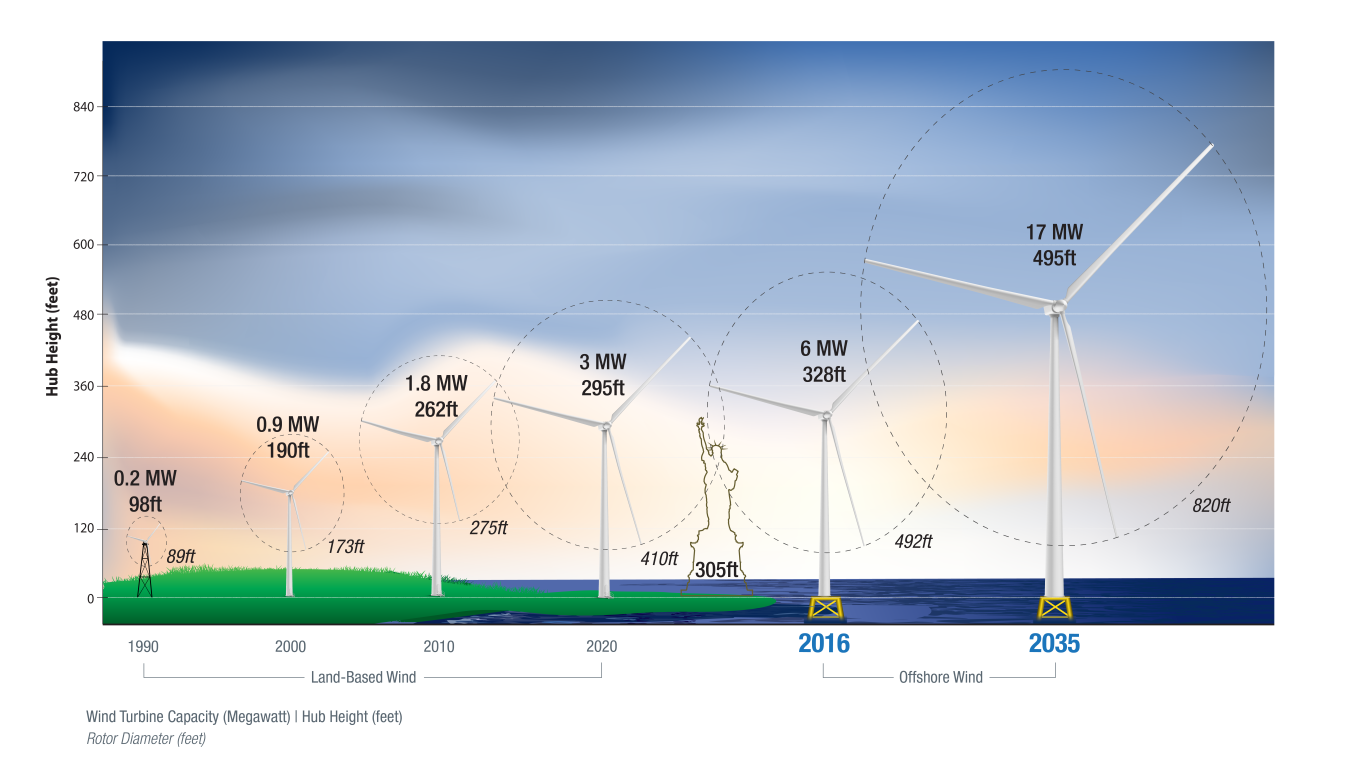

a couple more open source options with actual pastebin type interfaces, but which have not been updated in some time and have official instances which have been blacklisted on uBlock are:
hastebin https://github.com/kevr/hastebin
and DPaste https://github.com/DarrenOfficial/dpaste





Murmillo has the most styling helm, so I’m going for that.